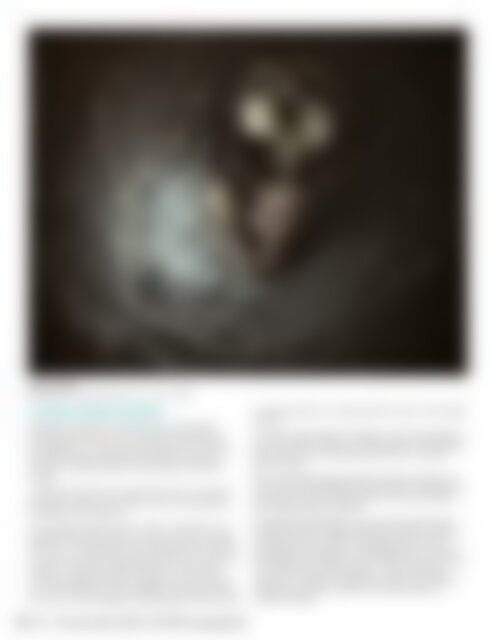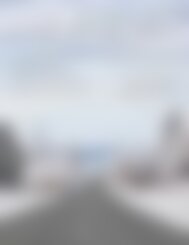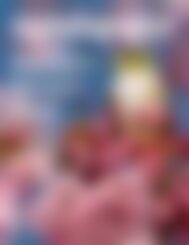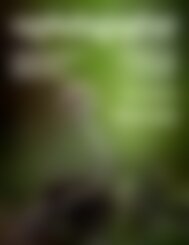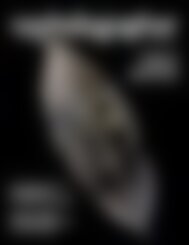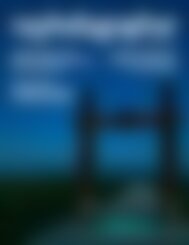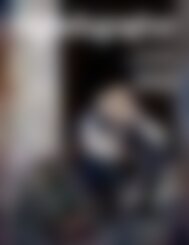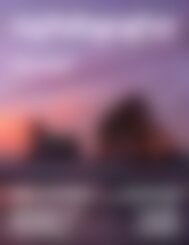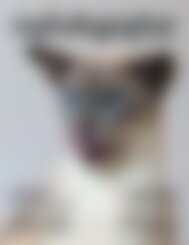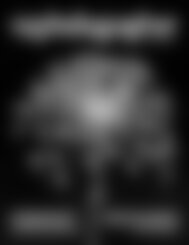NZPhotographer Issue 61, November 2022
As of December 2022, NZPhotographer magazine is only available when you purchase an annual or monthly subscription via the NZP website. Find out more: www.nzphotographer.nz
As of December 2022, NZPhotographer magazine is only available when you purchase an annual or monthly subscription via the NZP website. Find out more: www.nzphotographer.nz
You also want an ePaper? Increase the reach of your titles
YUMPU automatically turns print PDFs into web optimized ePapers that Google loves.
Dance of Life<br />
Nikon D810, 24-70mm lens @ F13, 1/5s, ISO40<br />
ICM AND DOUBLE EXPOSURE<br />
Intentional Camera Movement, ICM, is another<br />
technique which isn’t only confined to landscape<br />
photography. I really enjoy playing around with this<br />
technique when working with models, as it gives a<br />
fantastic, ethereal sense of movement within the<br />
image.<br />
I often find I get many images that aren’t successful,<br />
but there is always one that comes out sensational.<br />
Therefore, don’t give up!<br />
In my image ‘Dance of Life’ which was taken in full<br />
daylight under the shade of a tree, I had my camera<br />
set at F13, 1/5s, ISO40. By hand-holding and spinning<br />
my camera whilst trying to keep the lens in a centred<br />
position, I achieved a beautiful blurry movement,<br />
creating a slightly abstract image, but one in which<br />
you can still make out the details of a girl with flowers<br />
in her hair. I then applied a leather grain texture using<br />
a closeup photo of a black leather chair to this image<br />
in-post.<br />
It is often a good idea to explain to your model what<br />
you are trying to achieve, as the practice of wobbling<br />
the camera can look quite bizarre from a model’s<br />
point of view!<br />
With cameras being as clever as they are today, we<br />
can access many different techniques to change the<br />
dynamics of what we see before us. One of these is<br />
the double exposure setting.<br />
My image ‘Mad Science’ was a bit of a fluke and is<br />
a series of three multiple exposures made in-camera.<br />
I really enjoy the chaos in this image that wouldn’t<br />
be present if it had been a single exposure. My postprocessing<br />
techniques for this creation were the same<br />
as for most of my other images - I tend to always<br />
convert my images to black and white, then decide<br />
whether the colour or black and white version is<br />
visually stronger.<br />
38 <strong>November</strong> <strong>2022</strong> <strong>NZPhotographer</strong>


